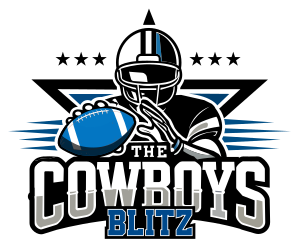You really don't have to explain to me that you're ignoring statistics that paint a different picture than what you're trying to in this thread. That much is obvious.
Regardless, it should also be obvious that his broken hand did have an impact on the "targeted position-specific" reduction in interceptions. Over a long enough period of time, all QBs will have wide receivers as the highest target for passes that are intercepted. That's because throws to wide receivers are, at least more often than throws to RBs and TEs, "low percentage passes." By this I mean QBs generally throw deeper or more difficult routes to wide receivers rather than RBs and TEs, and these routes have higher instances of INTs and lower completion percentages. This is because (1) these throws are generally more difficult, (2) they give defenders more time to read and react to the ball in flight, and (3) the routes are more often covered by defensive backs rather than linebackers.
When a QB has a broken hand, it's going to exacerbate the more difficult throws, whereas the high percentage passes will be less affected. Even a simple slant route will be more difficult because of a broken hand. But a dumpoff to a running back out of the backfield or a TE in the flat will rarely get intercepted, regardless of broken hand or not.
And the great thing about this theory is that it holds true if you go back and actually watch the INTs to TO after he broke his hand. They were wild passes -- underthrown, behind, overthrown, etc. -- atypical for Romo. Some of them were so far off, TO couldn't even get a finger on them or contest them.

